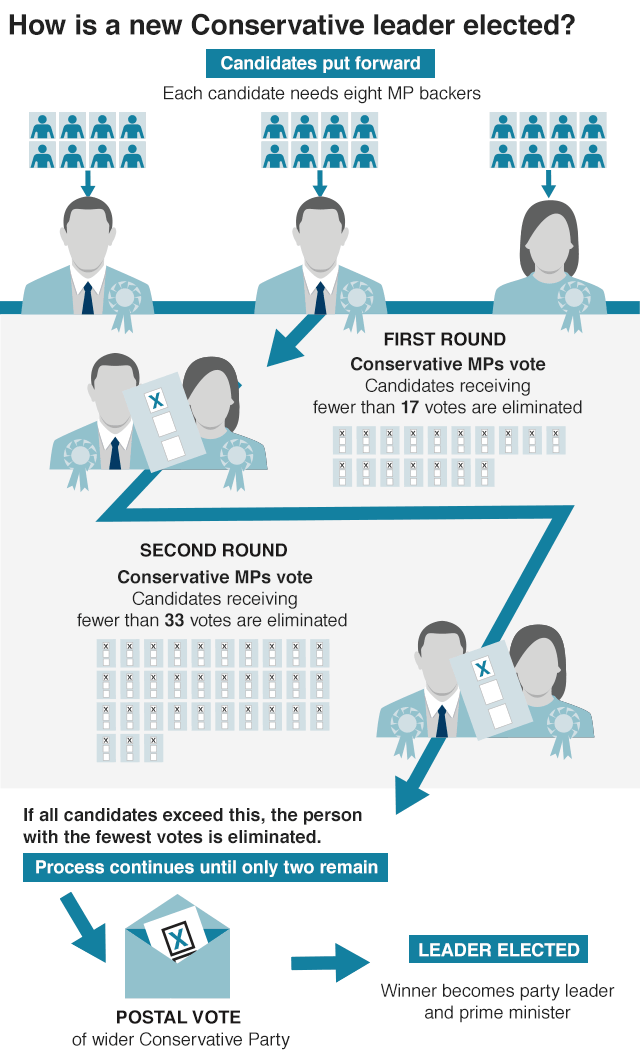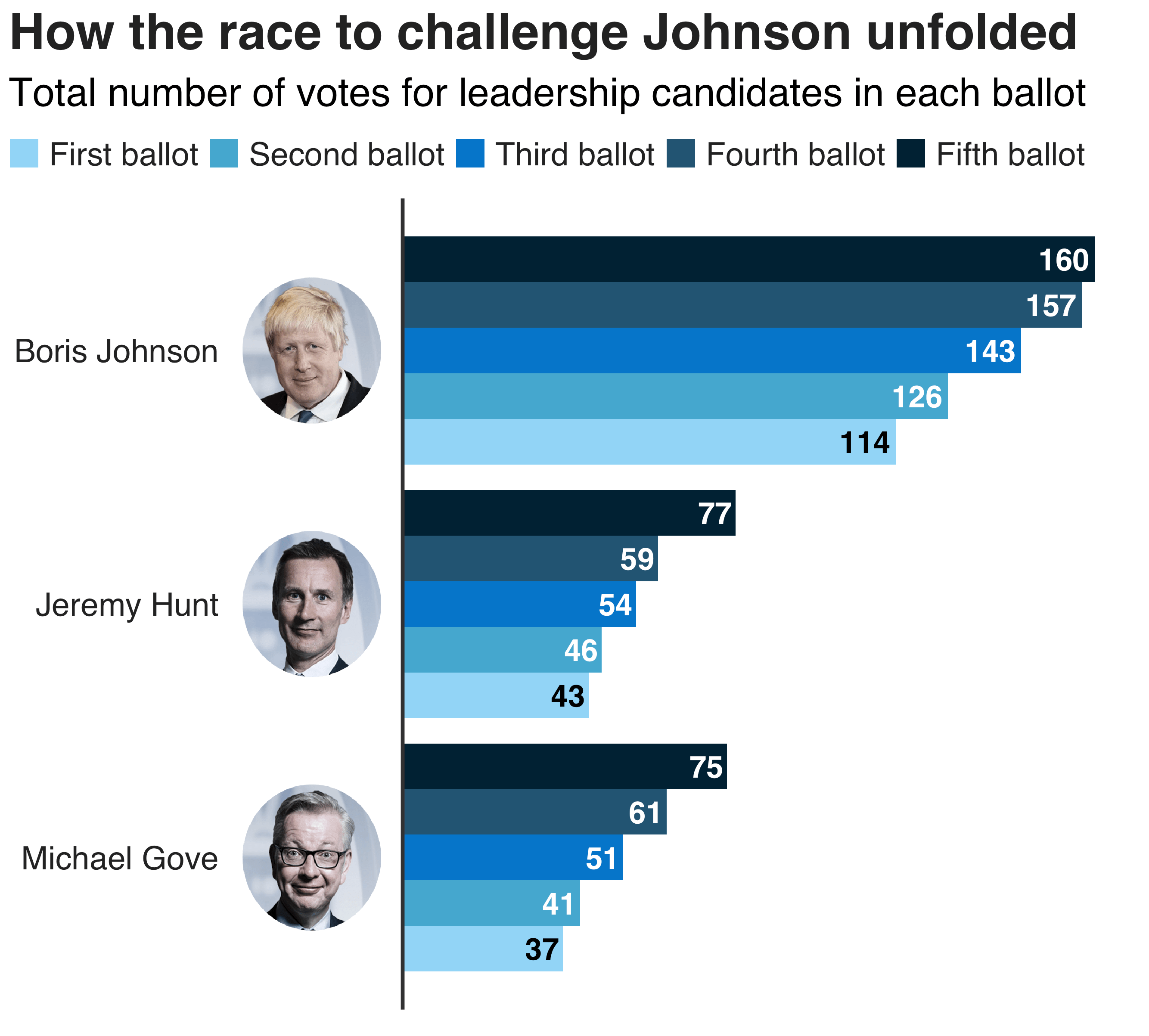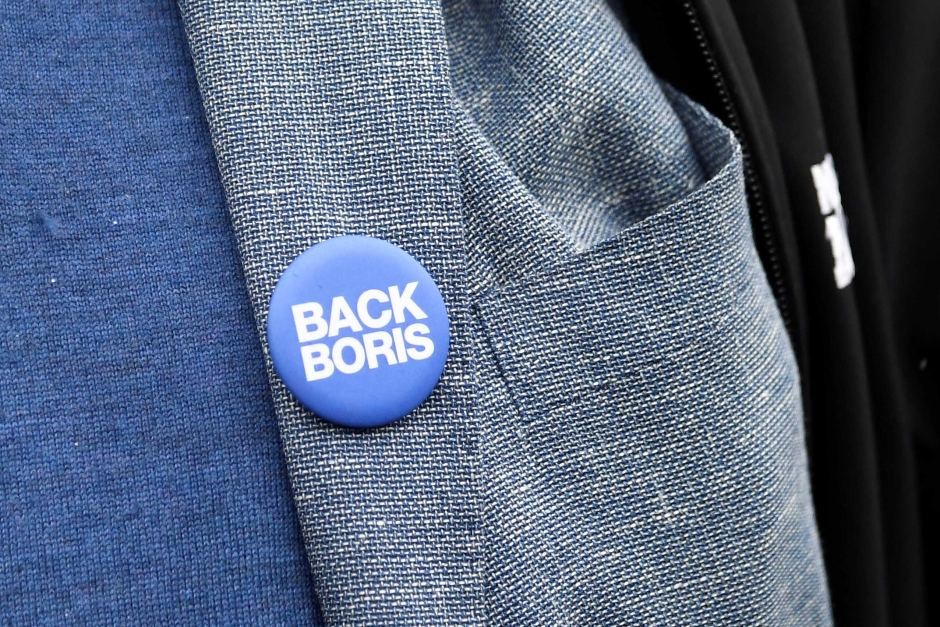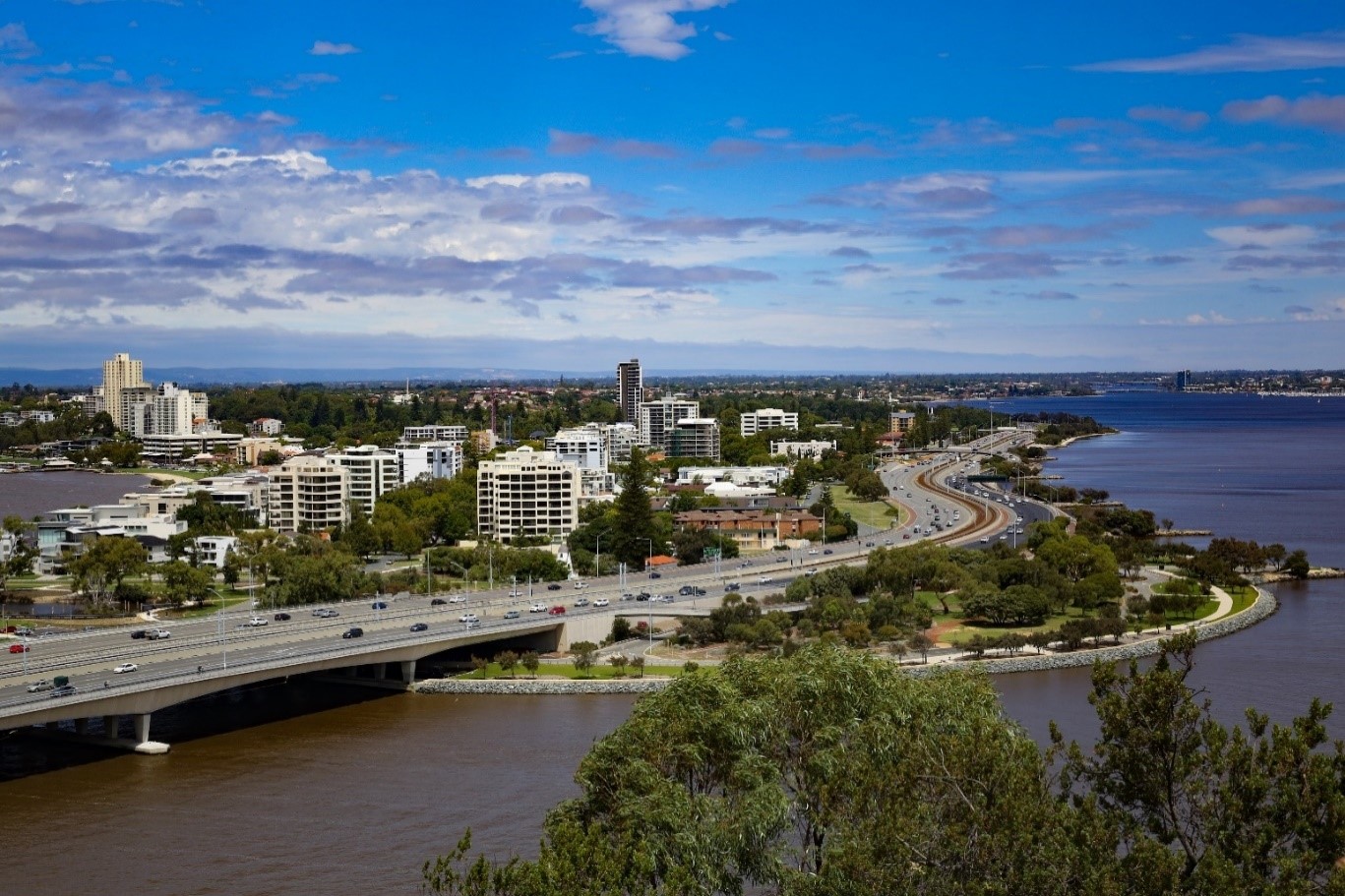Last month, UK Prime Minister Theresa May announced she was leaving Number 10 and handing the challenge of negotiating Britain’s exit from the European Union to the next prime minister. May’s announcement kicked off a mad rush to replace her as Conservative Party leader by no less than ten of her own colleagues and cabinet ministers.
Unlike the leadership changes we had become accustomed to here in Australia – going to sleep one day and waking up the next with a new PM – Britons who are members of the Conservative Party will be given the opportunity to vote for who they want leading their party, and as a result, lead the UK as prime minister.
So, how will the new Conservative leader be elected?
1. The first step in the Conservatives’ election process is a call for nominations. Conservative MPs wishing to nominate as a candidate must first show they have the support of a minimum of eight of their parliamentary colleagues before being considered.
If there are only two candidates who nominate for the leadership, then they both automatically progress to a vote of the party membership. And if there is only one nomination, then that candidate is considered duly elected.
2. Once all valid nominations are received, then the party holds two ballots of its parliamentary wing (i.e. Secretaries of State, Ministers and backbench MPs). Candidates must secure the support of 5%, and 10% of their parliamentary colleagues’ support for each round, respectively.
Any candidate that doesn’t meet these thresholds is eliminated from the contest.If there are still candidates remaining after the first two ballots, then the process is repeated until there are only two candidates.
3. Finally, after the two remaining candidates are decided, the Conservative Party membership is given the opportunity to cast their own vote for one of the two final candidates. To be eligible to vote in this ballot, party members need only to have been a member of the party for 3 months.

Source: Westminster Advisers / Credit: BBC
While this process seems straight forward and democratic, it is in fact extremely politically strategic.
Former mayor of London and former foreign secretary, Boris Johnson, has been the favourite to secure the most votes to replace May as prime minister since the beginning of the election process. However, Johnson hasn’t been taking anything for granted given his last attempt at the top job was thwarted by his fellow Brexiter campaigner and friend Michael Gove, who prevented Johnson from standing by announcing his own candidacy.
This time around, despite having the overwhelming support of his parliamentary colleagues, Johnson’s allies have been accused of “skulduggery” and “rigging” the votes. Johnson’s opponents allege a conspiracy involving allies on Johnson directing his supporters to temporarily park votes behind weaker candidates to artificially inflate their vote count in order to eliminate candidates who might have a chance at seriously challenging Johnson in a two-candidate contest for the party membership vote.
If true, then Johnson’s team delivered the most devastating blow to Gove who, in the fourth ballot, was leading his nearest competitor, current Foreign Secretary, Jeremy Hunt, for second place, only to then lose his lead and be eliminated by a margin of 2 votes in the fifth and final ballot.

Source: 1922 Committee / Credit: BBC
It had been speculated that Johnson’s preference was to face Hunt, who in 2016, campaigned and voted for Britain to remain in the European Union. This may be a position that the party membership might hold against him, given May also voted to remain in the European Union, and was unsuccessful in negotiating Brexit through the Parliament.
As Johnson and Hunt now crisscross the country in the search of every undecided vote, only time will tell who the voters will ultimately pick, and whether their pick will indeed be able to secure a deal to leave the European Union, or whether they will be forced into a no-deal scenario. At the moment, the latter seems the most likely outcome.
Latest posts by Nexus APAC (see all)
- United Kingdom General Election 2024: An Overview - April 15, 2024
- Australian Voters Go to the Polls - February 26, 2024
- Secretaries of Federal Departments – An Overview - February 1, 2024



